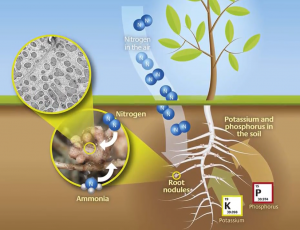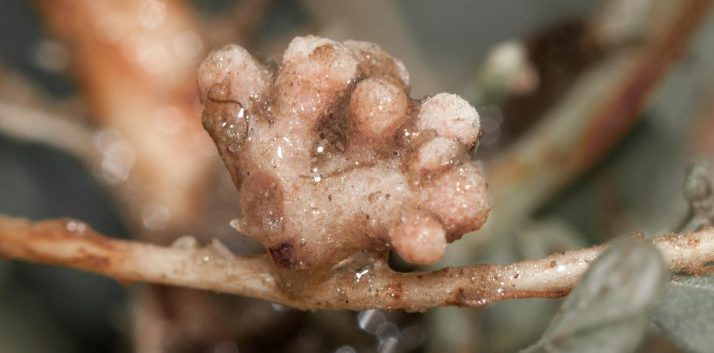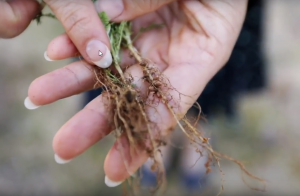Knowing if your legumes contain the correct rhizobia, and if the rhizobia is working the way it should be to increase crop yield or pasture performance is vital.
What do you need to know about legumes?
Legume roots produce a natural fertilizer.
The nodules that form on the roots of legumes contain rhizobia bacteria.
For the rhizobia bacteria to take nitrogen from the air and produce ammonia (fertilizer) it is important to know if the correct rhizobia is in your legumes.
Did you know?
The Australian agriculture industry uses 5.3 million tons of fertilizer each year! Legume roots are a sustainable farming fertilizer.
A successful farmer does two things very well:
First, they reduce their environmental impact as much as possible.
Second, they find cost-effective farming methods which transcends into increased yields.
So, how exactly do we help farmers achieve these two things?
With the power of science and our easy to use RHIZO-ID kits, we can identify what type of rhizobia is in your legume root nodules to improve production.
What do you need to do?
All you need to do is order a RHIZO-ID kit from our website or through our distributors.
1 kit is sufficient for the analysis of one legume species.
Each kit contains four sample bags.
Simply send in roots from four different locations in a 100-hectare paddock and we will begin the analysis.
It really is that easy.
We are trusted leaders in the farming industry:
Our kits are sold through leading farming organisations such as;
ALOSCA Technologies, CSBP, Elders, and Landmark.
What’s our method?

Traditional ways to identify root nodules include growing the bacteria. This method can be time-consuming, labour intensive and expensive for farmers.
Here’s the deal:
We have combined an innovative method which incorporates both previous methods to save time and money for farmers, whilst being environmentally friendly.
Our scientific-led research team use a mass spectrometer machine and genetic sequencing of protein markers to detect and identify the different strains and their unique fingerprints.
We generate a fingerprint of root nodules and then we compare that fingerprint with the database that we have comprised of the current rhizobia inoculants.
This means that there will be less fertilizer needed because nitrogen from the legume is put into the ground and it’s available for (wheat or barley) crop after the legume component.



One Comment
Comments are closed.